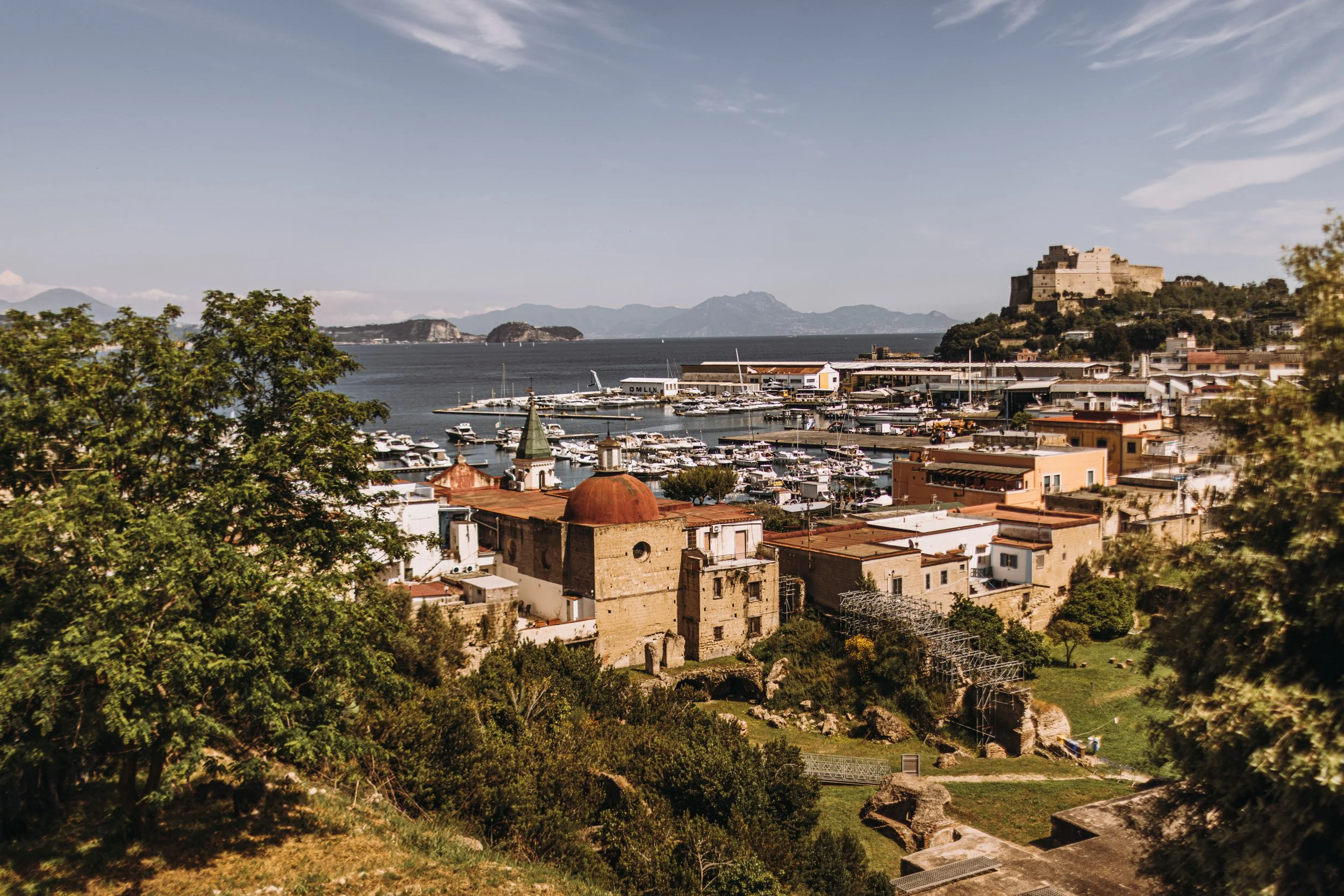Historical diving in Italy
I recently shared a short Reel on social media from a dive I did in the Bay of Naples. It was a chance to talk about those places that seize you without warning. This place, I discovered without expecting it — and ever since, I keep going back to that day in my mind, when I glimpsed the remains of a centuries-old empire lying beneath the Italian waters.
The Sunken Roman City
Imagine: there’s a city where the Roman elite came in search of pleasure, luxury, and rest. A place where the thermal baths were fed by the volcanic sources of the Phlegraean Fields, one of the most active supervolcanoes in the world. A city where villas competed in beauty, their hanging gardens facing the sea. That city is Baia, an ancient site in the Campania region of Italy.
Nicknamed the “Las Vegas of the Roman Empire,” it was a place of extravagance, decadence, and political intrigue. Julius Caesar owned a villa there, Nero hosted his most excessive banquets, and Caligula made headlines with his whims and excesses. Between these marble walls, beneath these majestic columns, power and decadence were inseparable.
How does an entire city SINK beneath the sea?
Baia’s splendor slowly and inexorably disappeared, swallowed by a unique geological phenomenon found in the region: bradyseism. This slow subsidence of the ground, caused by volcanic movements, gradually pulled Baia beneath the waves. Palaces, temples, and baths were engulfed, frozen forever beneath the calm, transparent waters of the Bay of Naples. Today, the site is often referred to as the “submerged Pompeii” or the “little Roman Atlantis,” just a few kilometers from Mount Vesuvius.
An underwater journey through time
This dive is the kind you never forget: every detail imprinted in memory. There’s a tangible emotion in facing the unknown. Gradually, the outlines of collapsed columns emerge, brick structures rising from the murky haze, or is it the fine stones stirred up from the seabed that cloud your vision? A statue stares back at you, motionless, impassive, for nearly two thousand years. Under your fingertips, extraordinary mosaics — much like those found in Rome or Pompeii — remain astonishingly intact, silent witnesses to ancient celebrations and lost grandeur. Every glance sends you deeper into history; every kick of your fins becomes a journey through time.
Time beneath the surface stretches and slows. Between two breaths, you find yourself drifting through a story you can almost touch. And for a fleeting moment, you can. Time stands still, leaving you alone, face to face with the immensity of a submerged past.
A panoramic view of Baia, once a luxurious thermal resort and leisure destination for the ancient Roman elite.
Why IS Baia still fascinatING today?
Legend has it that Baia (or Baiae in Latin) takes its name from Baios, a companion of Ulysses, whose tomb is said to rest here (the last statue shown in the video). But Baia is more than just a unique underwater archaeological site - it is a powerful reminder of our fragility in the face of time and nature. To photograph and film these places is to allow them to live again, to exist once more. It is also a way to raise awareness of the urgent need to protect these submerged treasures and our planet.
Every photo, every frame I bring back from these journeys opens a door to the past, but also issues a call to understand and protect both our heritage and our shared future. In that sense, photography becomes an essential act: a form of resistance against forgetting.
Now more than ever, I believe history is not just written in books. It must be felt, explored, and experienced eyes wide open.
More images from Baia are on the way: mosaics, statues, fragments of the past still preserved on land as well. You can follow me on social media to stay informed!

